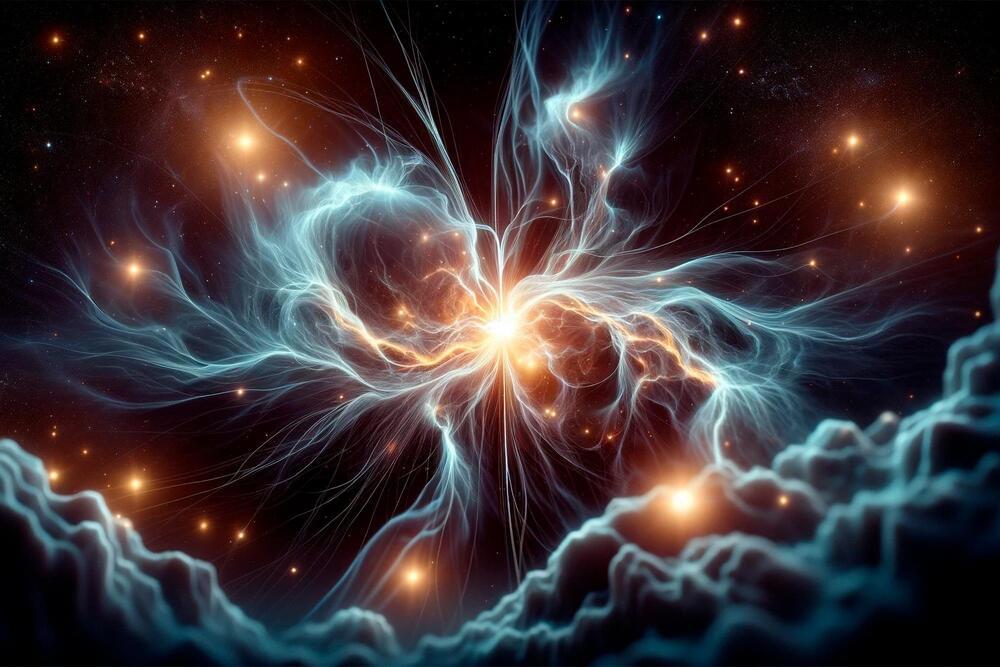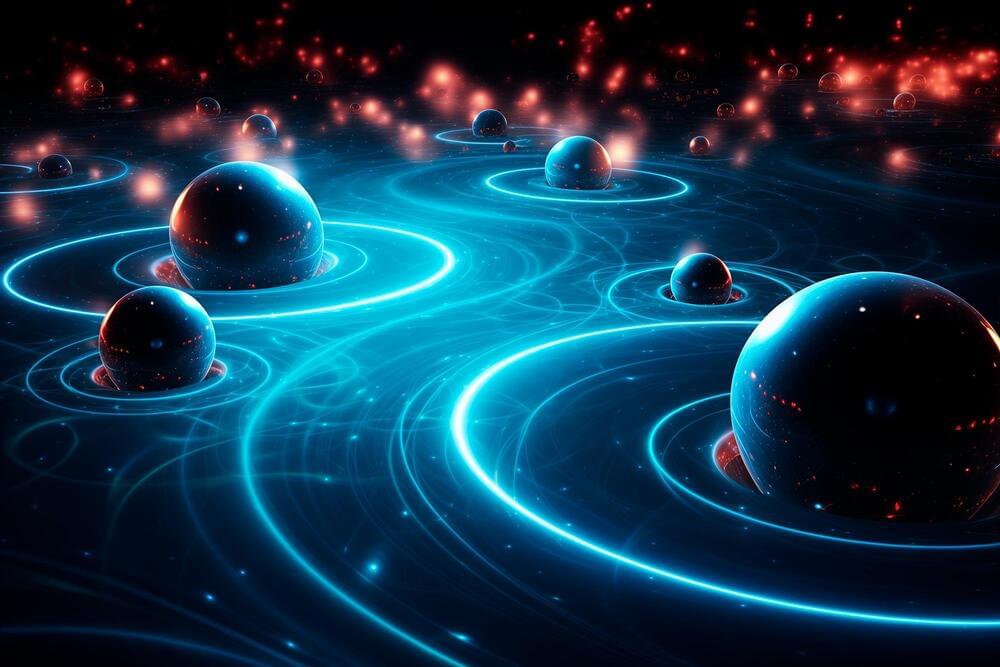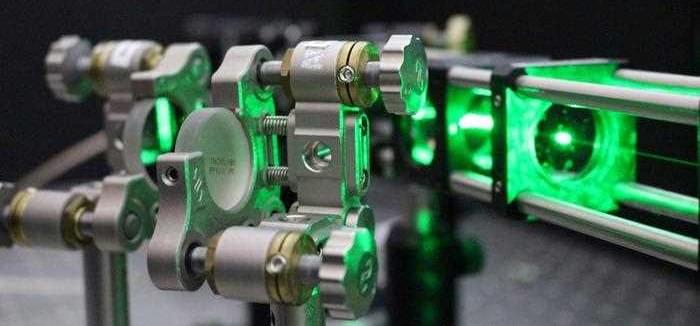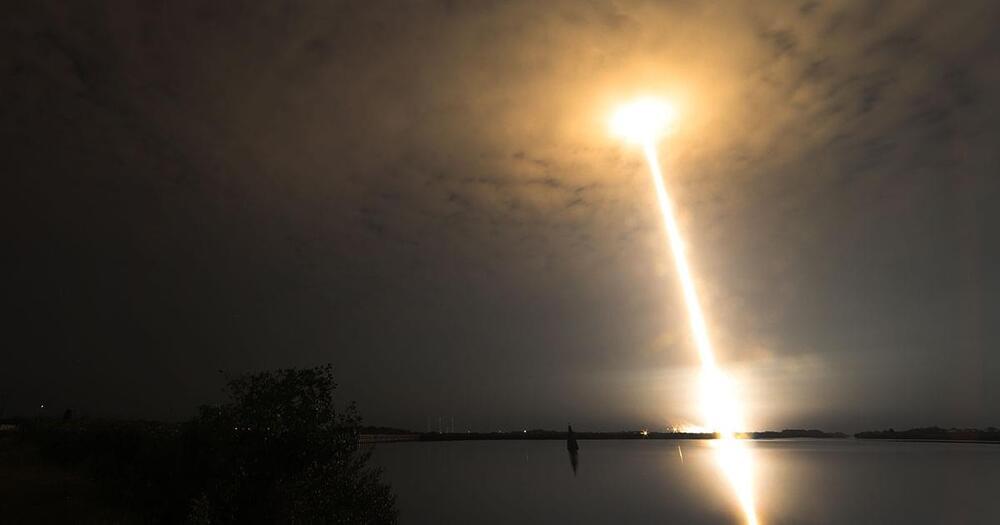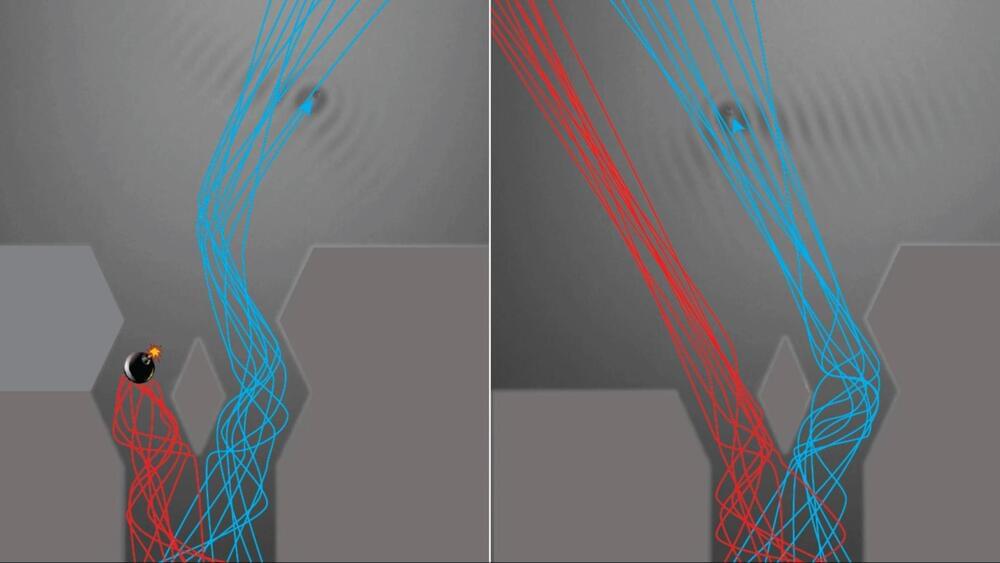Scientists from the Leibniz Institute for Astrophysics Potsdam (AIP) have discovered a new plasma instability that promises to revolutionize our understanding of the origin of cosmic rays and their dynamic impact on galaxies.
At the beginning of the last century, Victor Hess discovered a new phenomenon called cosmic rays that later on earned him the Nobel prize. He conducted high-altitude balloon flights to find that the Earth’s atmosphere is not ionized by the radioactivity of the ground. Instead, he confirmed that the origin of ionization was extra-terrestrial. Subsequently, it was determined that cosmic “rays” consist of charged particles from outer space flying close to the speed of light rather than radiation. However, the name “cosmic rays” outlasted these findings.
Recent advances in cosmic ray research.
